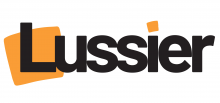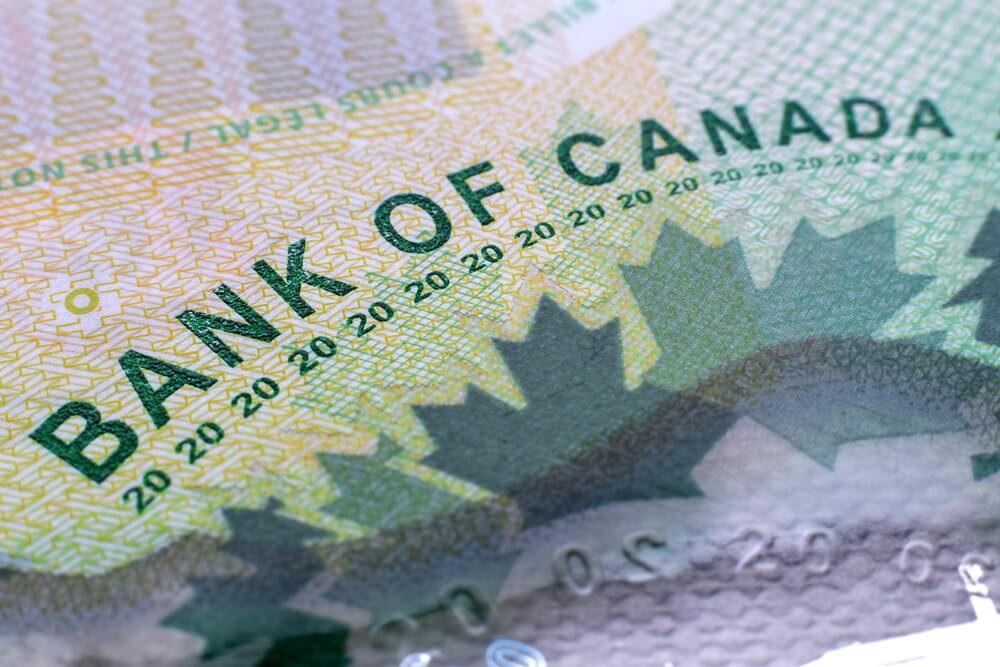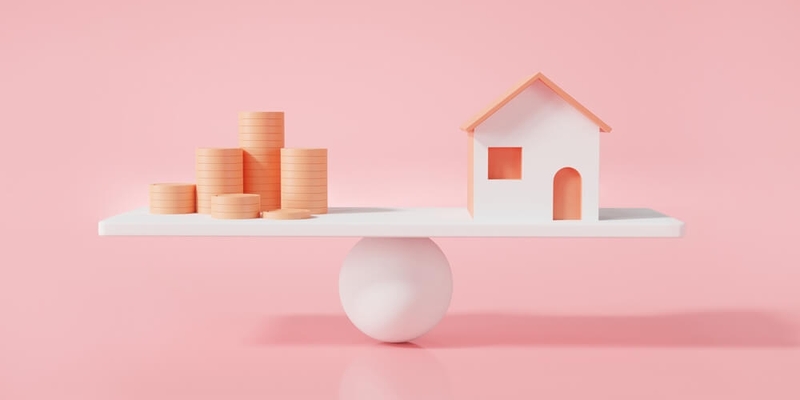Mortgage Affordability Calculator
Find out how much mortgage can you afford in Canada and evaluate different mortgage scenarios to minimize your borrowing costs.
How to use our mortgage affordability calculator
- Annual Income Enter your gross annual income, which is the amount of money you earn before taxes and other deductions.
- Down payment Enter the cash amount you are ready to pay upfront for the property.
- Mortgage Rate It is the interest rate at which a lender will offer you the mortgage.
- Living costs of your future home Enter the total expenses you may have in your new home such as utility bills, maintenance fee, property taxes, etc.
- Debt payments Enter the amount that would go into paying other debts like car loan or credit card bills.
a home priced up to:
What is a mortgage affordability calculator?
On your homebuying journey, it is important to understand your finances before your dive into purchasing your dream home. To know how much money you will be able to loan from a mortgage lender for purchasing a home, using a mortgage calculator is one of the ways to start your process.
A mortgage affordability calculator is an online tool you can use to determine how much money you can afford to borrow and get an estimate of what your mortgage payment would be. The calculator would require you to input some information such as your personal or family income, expenses, car loan or any other debt and generate results that would give you a clearer picture of how much mortgage loan you could afford.
In order to get a satisfactory result, you must give the tool some information like down payment amount, cost of living, any future expenses and depending on your provided information the calculator will provide the result, which is an estimate of the money you'd be able to borrow and what the monthly/weekly/bi-weekly mortgage payment would be like.
A mortgage affordability calculator tool helps you get an understanding of how much you can afford to buy a house and what your budget should be before you start looking for homes.
Understanding your mortgage affordability
Mortgage affordability is a window into your financial capacity to borrow for a mortgage while still being able to comfortably afford your monthly payments. Mortgage affordability is impacted by various factors, including the current state of the housing market, the Bank of Canada's interest rates, and your personal financial situation.
- Market conditions: The state of the housing market can impact your mortgage affordability. In a competitive market with high demand, home prices may be higher, which can limit the amount of money you can afford to borrow. Conversely, in a buyer's market with lower demand, home prices may be lower, which can increase your mortgage affordability.
- Bank of Canada rates: The Bank of Canada sets interest rates that impact the mortgage rates offered by lenders. When interest rates are low, mortgage rates are typically lower, which can increase your mortgage affordability. Conversely, when interest rates are high, mortgage rates are higher, which can limit your mortgage affordability.
- Personal financial situation: Your personal financial situation can also impact your mortgage affordability. Lenders will consider your income, debt-to-income ratio, credit score, and other financial obligations when determining how much money to lend you for a mortgage. If you have a higher income, lower debt-to-income ratio, and good credit score, you may be able to afford a larger mortgage.
Tips to increase your mortgage affordability
Here are a few tips to help you increase your mortgage affordability, even in tough economic situations:
- Increase your down payment – A larger down payment can reduce the amount of money you need to borrow, which can increase your mortgage affordability.
- Reduce your debt – Lowering your debt can improve your debt-to-income ratio, which can increase your mortgage affordability.
- Improve your credit score – A higher credit score can help you qualify for a better mortgage rate, which can increase your mortgage affordability.
- Shop around for lenders – Different lenders may offer different mortgage rates and terms, which can impact your mortgage affordability. Shopping around can help you find the best mortgage for your financial situation.
- Consider a longer mortgage term – A longer mortgage term can result in lower monthly payments, which can increase your mortgage affordability. However, it's important to consider the total cost of the loan over time, as a longer mortgage term can result in more interest paid over the life of the loan.
It's important to understand your personal financial situation and work with a mortgage lender or financial advisor to determine how much you can afford to borrow for a mortgage.
Frequently asked questions about mortgage affordability
Here are some of the most commonly asked questions we get when it comes to mortgage affordability.
How can I find out my mortgage affordability in Canada?
RATESDOTCA’s mortgage affordability calculator will help you get an idea of how much you can afford to borrow for a home in Canada. However, it's important to consider other factors and expenses when making a final decision. You could connect with a mortgage broker to analyze your financial situation before going for mortgage approval to a lender.
How does a lender calculate my mortgage affordability?
A lender calculates your mortgage affordability based on a few key factors, including debt, income, credit score, and down payment. It's important to note that different lenders may use slightly different criteria when calculating mortgage affordability. Additionally, some lenders may offer pre-approvals or pre-qualifications to give you an idea of how much you can afford to borrow before you start shopping for a home.
Can I truly afford a mortgage for my new home?
Buying a house is the biggest purchase you’ll make in your life. The amount of mortgage you can afford depends on what’s called your debt-to-income ratio, which helps you determine how much of your monthly income is needed to cover your debts, including your mortgage, credit card payments, loans etc. According to the Canada Mortgage and Housing Corporation (CMHC), your monthly expenses, including your housing costs, should be less than 42% of your income. This is a crucial factor that mortgage lenders look at when processing your mortgage application.
For example, if your mortgage is $1,000 a month and your expenses are $1,000, your total monthly costs come to $2,000. Now, let's say you have a gross monthly income of $6,000. That puts your debt-to-income ratio at 33% ($2,000 is a third of $6,000). This is a good ratio as it’s under 42%. A ratio over 42% means you’ll have to start paying off some of your debts before you think about purchasing a home.
Another factor that’ll help you decide if you can afford a mortgage is the size of the down payment. Your down payment should be at least 5% of the new property’s value, but ideally more. A higher down payment can lower your monthly mortgage payment and increase your mortgage affordability. For homes that cost more than $1 million, a down payment of 20% is required.
Our mortgage affordability calculator helps you calculate your maximum purchasing price to help you plan ahead and understand your buying power.
Note: Lenders also generally require that your monthly housing expenses alone be less than 39% of your gross monthly income.
What if my total debt service ratio (TDS) is over 42%?
Having a high TDS means that you may have trouble finding a mortgage rate you can afford.
A TDS ratio over 42% means you’ll have to do one or more of the following:
- Find a cheaper home
- Start reducing some of your monthly obligations
- Get a bigger down payment
- Add more income to the mortgage application, perhaps from a co-signor
- Extend your amortization
- Find a lender that allows higher debt ratios.
How can I make buying a home less stressful?
Buying a home is a huge milestone in your life, so it’s best to get expert advice. Once you know what you can afford, consult a good real estate agent to explore suitable homes. Make sure you tell your realtor your budget constraints and do not allow them to show you properties beyond your affordability limit.
Similarly, having a professional mortgage broker can make your mortgage application process smoother. They know the nuances of different lenders’ policies with respect to debt ratios, credit and income requirements. Their services are free and easily accessible, and a broker can negotiate the terms for you. They even handle all the necessary paperwork.
What are some other mortgage costs I should know about?
Buying a home involves several costs, including various taxes and fees. It’s important to properly estimate these costs to avoid exceeding your budget. Examples of additional costs include land transfer tax, survey fees, default insurance tax, appraisal costs, legal fees and home inspection fees. These are called closing costs. Together they can be anywhere from 1-4% of the purchase price. Lenders often require you to prove you have at least 1.5% of the purchase price in available cash for closing costs. That’s mandatory if you’re getting a high-ratio mortgage.
How can I determine my mortgage payment?
The Mortgage Payment Calculator helps you generate mortgage payment scenarios to see how different homes impact your budget. Before estimating your affordability, compare mortgage rates and see how they affect your payment. Just remember, lenders, base your debt ratios on a “stress-tested” payment. That means they simulate a higher payment based on rates that are at least two percentage points above typical rates. They do this to ensure you can afford higher rates in the future. This simulated payment is then used as a key input in lenders’ debt-ratio formulas.
Check out our Mortgage Guide for more information on how to apply for a mortgage.
How can the mortgage affordability calculator help you?
A mortgage affordability calculator can be a valuable tool for a potential homebuyer to make an informed decision about their mortgage and ensure they are taking on a manageable amount of debt.
- Determine affordability: The calculator can help the buyer determine how much they can afford to borrow based on their income, expenses, and other debt. This can help them avoid overextending themselves financially and ensure that they can comfortably make their monthly mortgage payments.
- Plan a budget: By inputting different loan amounts, interest rates, and terms into the calculator, the buyer can see how different scenarios will impact their monthly payments. This can help them plan a budget and make informed decisions about the type of home they can afford.
- Compare options: The calculator can also help the buyer compare different loan options from various lenders and determine how much down payment would be ideal for their situation. This can help them understand the pros and cons of each option and choose the one that best fits their needs.











